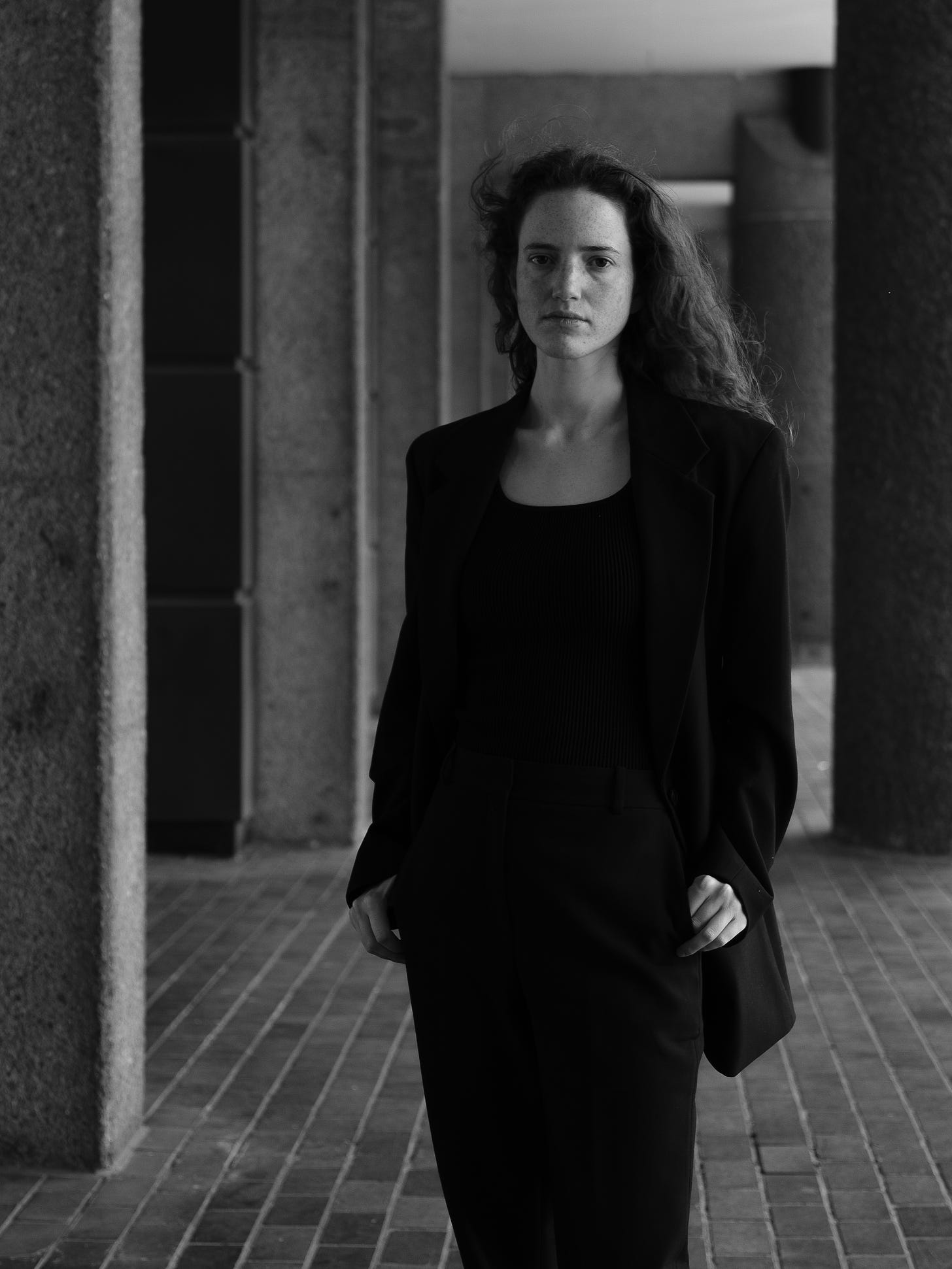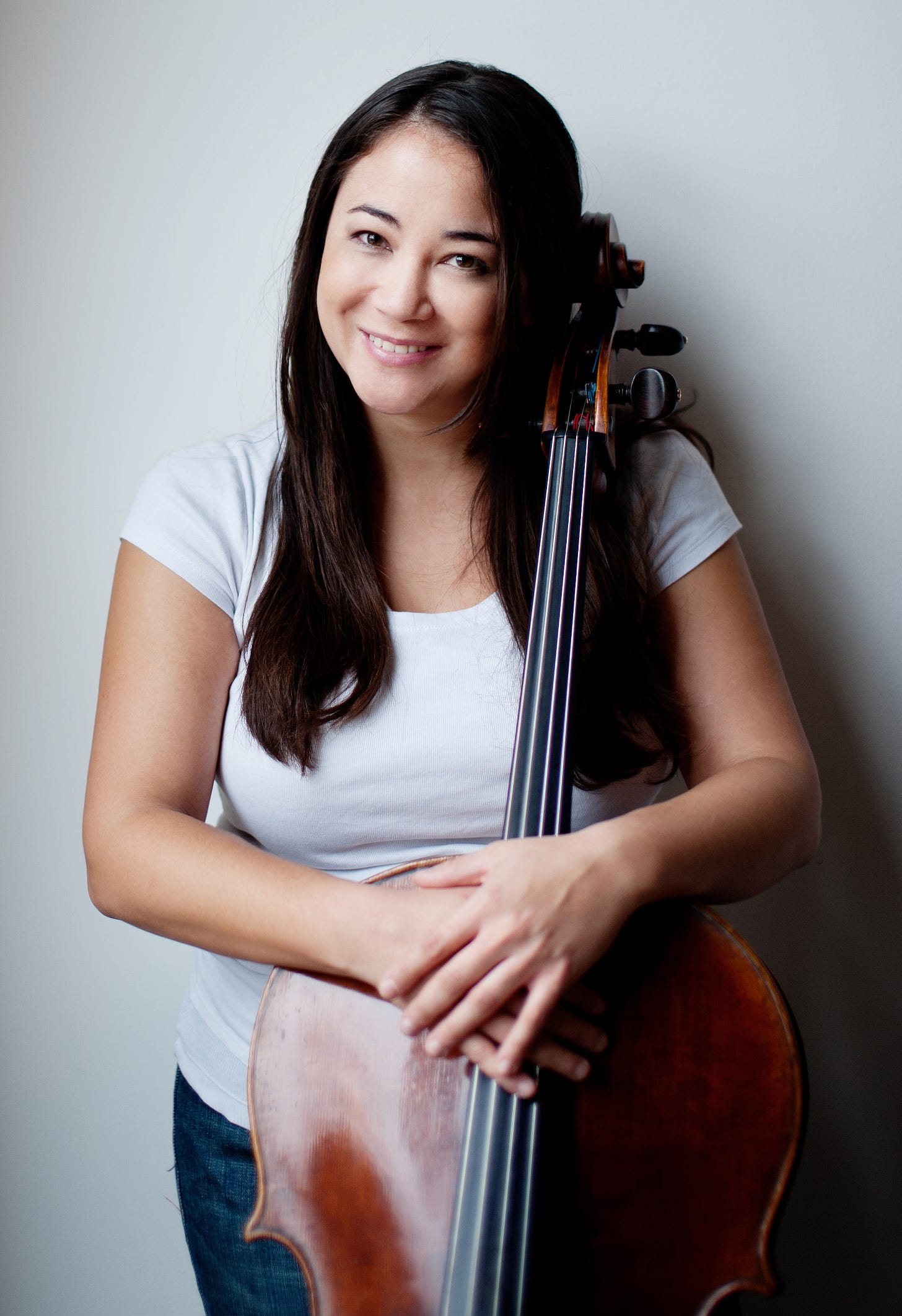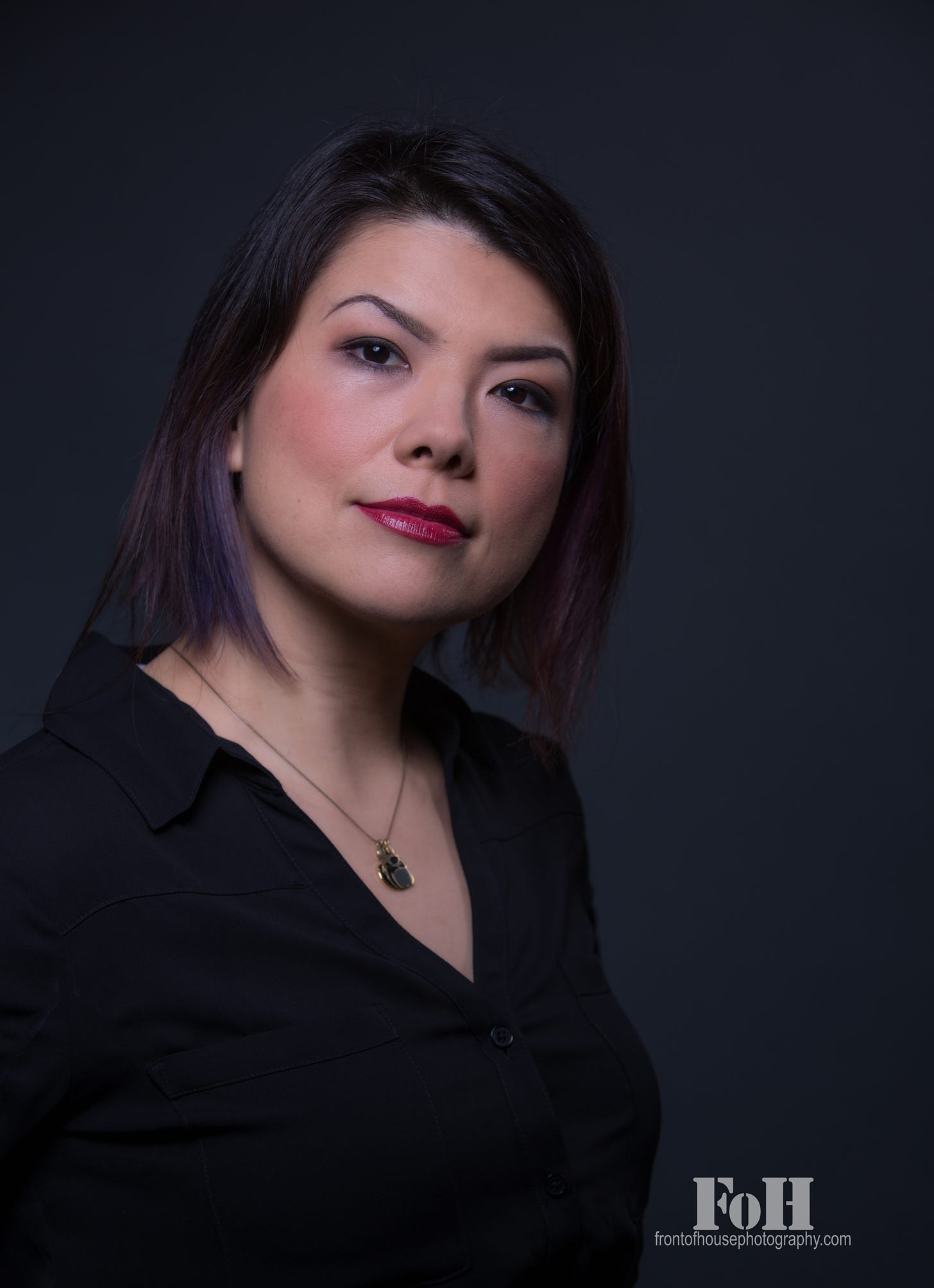WORDS BY DR. JANE FROMAN
“Voice” is a slippery word: it captures communication, identity, feeling, and agency; it’s something we take for granted in the music world and yet can lull us into almost endless metaphorical possibilities. Voices Within, Toronto Summer Music’s theme for its 2024 edition, adds more layers, suggesting an elusive interiority. Attending multiple events over the course of three weeks—as many hope to do—invites a repeated engagement with this thread of the voice, running through concerts underscored with themes of dreams, memories, and nights transfigured, dark, and enchanted. As we appreciate the presence of a roster of increasingly international classical music talent, looking (or hearing) within also suggests attention to who TSM represents, a looking inward to what Toronto and Canada can offer.
Heartening a menu of staple chamber offerings (Beethoven, Brahms, Schubert, Mozart) are intriguing glimpses of what some of these voices might be: Canadian composers are featured across the program, while the July 26 concert that bears the thematic title features a mostly Canadian roster of performers with music of the late Jocelyn Morlock; Canadian Brass bring their signature spirited energy. Elsewhere, programming nods to Canada’s rich multiculturality: the energetic klezmer-inspired sounds with Schmaltz & Pepper (July 23), and the vibrant intercultural worlds painted by Montreal-based ensemble Constantinople alongside performers from Indigenous communities (July 22). For collaborators and audiences alike, it can only be a stimulating direction to take this exploration of the voice—as embodied, as breathed, as imagined—beyond the art song.
ON PROGRAMMING: A CONVERSATION WITH ARTISTIC DIRECTOR JONATHAN CROW
Opening night brings an exciting new production of a perennial early opera favourite, Purcell’s The Fairy Queen, a chance to soak up the rich interpretation of William Christie and musicians from Les Arts Florissants alongside a global selection of soloists—especially Canadian mezzo-soprano Georgia Burashko. The collaboration with Lyon-based dance company Käfig promises an innovative twist, with acclaimed French-Algerian hip hop artist and choreographer Mourad Merzouki bringing the English masque into the twenty-first century.
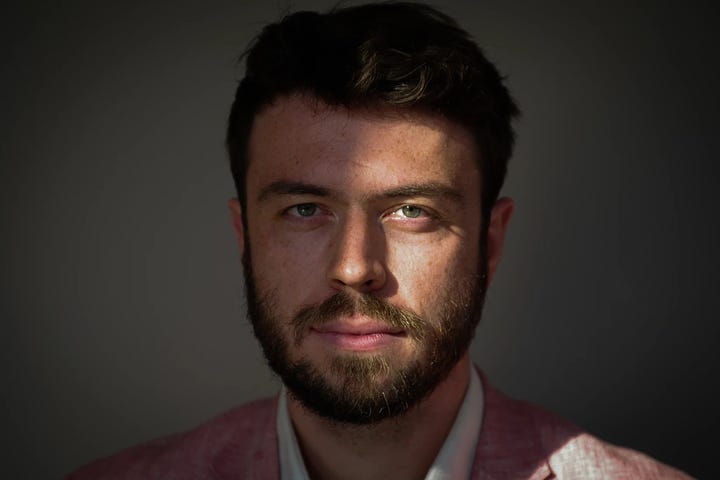
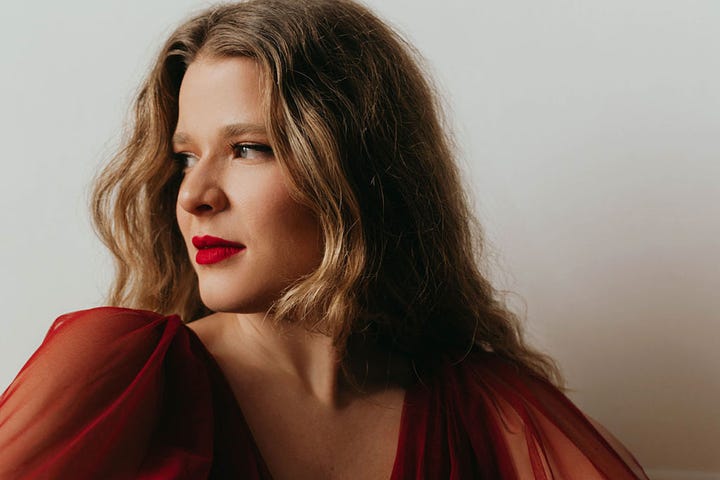
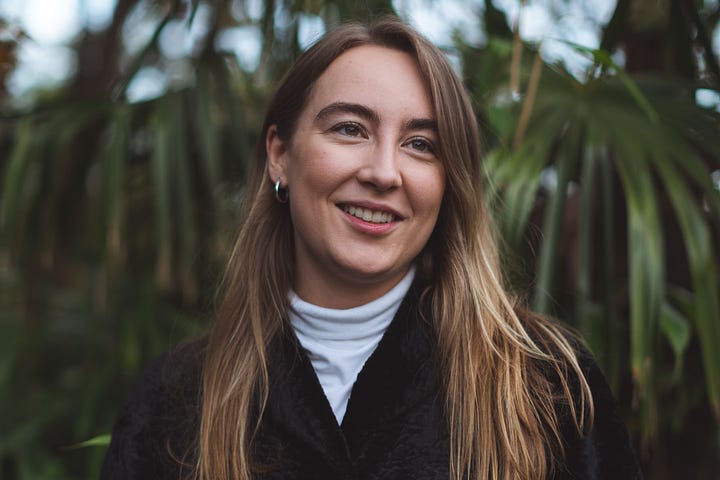

Could this foreshadow future projects on a more ambitious scale? An expansion of chamber-forward fare might offer interesting chances to embolden Toronto’s summer operatic offerings, particularly considering the portfolio of young singers—and composers—that the city boasts. Elsewhere, a diversity of programming choices emerges in some interesting combinations beyond the usual suspects; a compelling Soviet portrait across time is promised by Trio Zimbalist (July 17), for example, Beethoven joined by the terse exuberance of Mieczyslaw Weinberg and Lera Auberbach’s more contemplative, sparse palette.
New music, meanwhile, can often feel unfairly sandwiched between the big hitters—a brief flavour next to a hulking Mahler symphony—but TSM’s schedule this year highlights some compelling juxtapositions of classic chamber repertoire and music by living composers. The world premiere of Toronto-based composer Ian Cusson’s new work for string quartet (July 15)—come along to find out the name!—and Jessie Montgomery’s 2023 Musings for two violins, a composer familiar to Toronto from her fantastic arrangement and orchestration of Scott Joplin’s 1911 opera Treemonisha, performed in June of last year as part of the Luminato Festival.
Interview with Jonathan Crow - by Michael Zarathus-Cook:
ON THE ACADEMY: A CONVERSATION WITH ACADEMY DIRECTOR JENNIFER MAK
Perhaps the most impressive aspect of the TSM is its core platform for emerging artists, both through its Academy and invited performers. Here we have the chance to catch musicians as their careers develop, some right at the beginning, and some a little further along, thanks to the broader representation of the program’s 18–35 range. It’s not just an opportunity to hear the next generation of leading musicians, honing their skills through the collaborative space that fosters peer mentorship as well as the official Academy mentors.
From Ecuador to Wichita, Taiwan to Montreal, this year’s impressive cohort of Fellows will undoubtedly give us a window into their unique interests through the diverse curatorial directions of the eight ReGeneration concerts.
Divides between “professional” and “amateur” music-making opportunities in Toronto, meanwhile, can feel sharp at times, even more so in our still nebulously post-pandemic cultural landscape. This is addressed by the Community Program, a valuable annual space for intensive music-making guided primarily by enjoyment more than advancing a professional musical career.
Rather than existing as a discrete feeder for a “main” festival, the Academy exists in an interesting symbiosis with mainstage concerts: Fellows participate and collaborate, but also have the chance to spread their wings individually and together; Community Program participants attend and play in concerts, and the expertise of Academy mentors is not limited to their recitals, but circulates in masterclasses and individual coaching, in the in-between social spaces forged by the program. This idiosyncratic blend helps make TSM distinctive, yet everchanging.
TSM fills an important seasonal void left by major opera, ballet, and symphony institutions, a model for summer festivals that has been evolving since the early 19th century. But this also places perhaps a bigger burden on its programming: nothing can be everything, and as we enjoy this year’s varied offerings and look ahead to its upcoming 20th anniversary, what vision do we see developing for TSM? It can be a leader for diversifying and expanding both the models of summer chamber music festivals, particularly in terms of repertoire, and “young” or emerging artists programs. Might its dual-function identity be well-placed for strengthening and carving out more space for laboratories for new music composition that Toronto could well do with more of? Might it evolve in more multidisciplinary—and multimedia—directions? What feels different this year, and is exciting to think about having more of?
Threading the needle between attaining a global profile and nurturing and platforming homegrown artists is a delicate act; similarly, as the Community Program continues to develop, we might reflect on the kinds of communities reached and represented within; what and whose music is being nourished and cultivated?
Closing night will unite the Festival’s multiple strands together: all TSM “voices” represented through professionals, Academy Fellows, and members of the Community Program, around the myriad influences shaping the rich orchestral writing of a Canadian composer, whose to-be-revealed world premiere will, undoubtedly, draw the season to a close on a captivating note.
Interview with Jennifer Mak - by Michael Zarathus-Cook:
INTERVIEW WITH KATYA POPLYANSKY - EMERGING ARTISTS PROGRAM ALUMNI
CAN | Looking back to the last time you participated in the EAP, what do you appreciate the most about what the program contributed to your artistic growth?
KP — I loved the challenge and variety of repertoire, as well as the opportunity to work and perform alongside the amazing faculty. In a few short weeks, I was intimately acquainted with the music Golijov, Brahms, Copland and Shostakovich, to name a few. I was so grateful to learn and perform this wonderful repertoire and understand the importance of balance and hard work.
CAN | What would be your advice to incoming fellows on making the most of this experience?
KP — Try to find moments of peace and solace when you can, whether that means taking a walk, reading a book, or anything that brings you calm. These few weeks are so exciting and busy that they can fly by before you know it. Taking a few moments for yourself can help you appreciate the beauty of the music and your colleagues even more.
INTERVIEW WITH RACHEL MERCER - EMERGING ARTISTS PROGRAM MENTOR
CAN | One of the unique features of the EAP as a whole is the wide age range of the fellows (from 18 to 35), which necessitates a diverse range of musicians at different stages of their expertise. How does this diversity of expertise contribute to the learning atmosphere for the fellows?
RM ─ As a life-long learner, I experience the program more like a diverse mix of musicians across the board, and we are united in our shared exploration of the music we are to perform at the end of each session. While I’m the “older” colleague, I feel every player contributes uniquely. You never know where a moment of insight, inspiration, or clarity will come from. Even in works that some of us may have played many many times, a new perspective or unexpected angle could bring new meaning and depth that is most welcome!
CAN | As a follow-up to the above: with students coming from different backgrounds of learning and stages of their musicianship, how do you set a somewhat uniform benchmark for these students upon completion of the program?
RM ─ The opportunity for the performance at the end of each week is the immediate goal, and the fact that these groups can perform some of the most complex and significant works in the chamber music repertoire in such a short time is a testament to the artistic level of the program and its director, Jonathan Crow. But every group and piece is different, and each deserves a unique approach, in the moment. And with each, I endeavour to create a positive atmosphere and cultivate goodwill. The success of any collaboration is dependent on a willingness to listen, share, and be open to others, as musicians, and people. It is a privilege to spend time immersed in the world of music, and the power of this collaborative effort and connection to something greater than ourselves must filter out to the world through our lives and experience.
CAN | An emphasis is placed on continuing the relationship between the TSM and its fellows after their fellowship. What do you appreciate most about the extended family of musicians that is forming around this program? Has there been a moment where someone that you taught has moved on to surprise you in terms of their proficiency?
RM ─ The intensity that is experienced at TSM definitely creates bonds. All of these fellows are inspiring in the possibilities they bring to the music world and the world in general. There is so much energy and creativity coming from new generations, I am only excited to see what they bring in the future. So, no surprises, but it is always a nice moment when a previous fellow shows up for a festival or concert as a “regular” colleague. I'm really excited for the summer!
INTERVIEW WITH STEPHANY SEKI - COMMUNITY PROGRAM PARTICIPANT & ROCK MUSICIAN
CAN | How did your experience in the Community Program contribute to your musicianship outside of classical music?
SS ─ I participated in the Chamber Music stream and chose it because I play the cello and wanted to meet and play with other stringed musicians in the community. It introduced me to a lot of musicians in this city that I had not previously had any social connection with, I find the rock scene and classical scene do not have much overlap in Toronto. So, musically, it has greatly contributed to broadening my creativity when working on rock music, improved my performance skills, and helped balance the varying sides of my musical life.
CAN | How does this program help deemphasize the gap between amateur and professional music-making?
SS ─ The sheer number of participants in TSM really boosts comradery and creates such a warm, supportive community. Working so closely with such highly esteemed professionals as mentors bridges the gap between amateurs and professionals. All the TSM mentors are just so grounded, lovely, and kind to work with us. I pass along this enthusiasm they inspire in me, to my friends who are all now starting to get into orchestral live performances, both amateur and professional.




